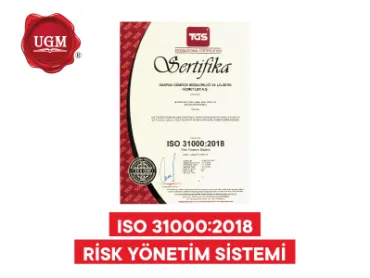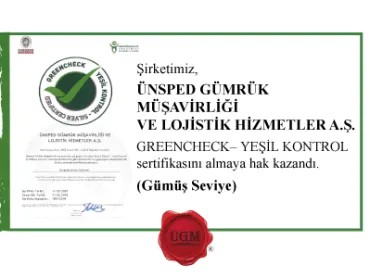
According to the latest quarterly Trade in Goods Barometer released by the World Trade Organization (WTO) on November 27, global trade volume in goods has recovered after a recent decline, while automobile sales and production and trade in electronic components have started to recover. However, mixed economic results and rising geopolitical tensions make the near-term outlook highly uncertain.
The current value of the barometer index, at 100.7, is above last August's value of 99.1 but close to the baseline value (100). In this sense, the trade volume in goods is expected to gradually return to the medium-term trend in the second half of 2023. However, uncertainty remains high due to mixed economic data and heightened geopolitical tensions.
The Trade in Goods Barometer is a composite leading indicator for world trade and provides contemporary information on the trajectory of trade in goods relative to recent trends. In this context, barometer values that are more significant than the base value are associated with a trend in trade volumes. In contrast, barometer values less than 100 indicate that trade in goods has fallen below the trend and will fall further shortly.
On the other hand, the volume of world trade in goods remained flat in the second quarter of 2023, increasing by 0.2% quarter-on-quarter but decreasing by 0.5% year-on-year. Although the sluggish European Union economy continues to weigh on global demand, trade statistics for the third quarter are expected to be slightly more substantial, thanks to accelerating GDP growth in the United States and China.
Annual trade growth is likely to be strong in Q4 in any case, as high energy prices, rising interest rates, and pandemic-related disruptions weigh on economic growth in major economies, and trade volumes declined in the same period last year. These developments are consistent with the WTO's October 5, 2023 forecast, which envisages a 0.8% increase in global trade volume in 2023. While the forecast remains unchanged, risks to the trade outlook have shifted to the downside in light of recent developments in the Middle East.
The component indices of the barometer are complex; some are above trend, while others are below trend. The most significant increases are seen in the indexes for sales and production of automobiles (110.0) and trade in electronic components (109.8). The index for air transportation (100.3), export orders (99.4), and container transportation (98.0) also finished above or slightly below trend. The raw materials index (95.6), on the other hand, fell below trend.
In summary, the strength of the indices for automotive products and electronic components can be explained by the rising global demand for electric vehicles, while the weak result for raw materials was partly due to the weakening of real estate markets as interest rates remained high.
The full Trade in Goods Barometer is available here.
More details on the methodology can be found in the technical note
 Back
Back







